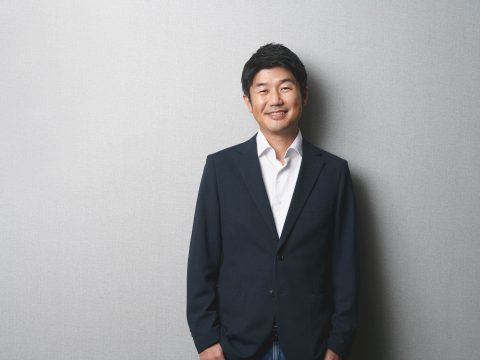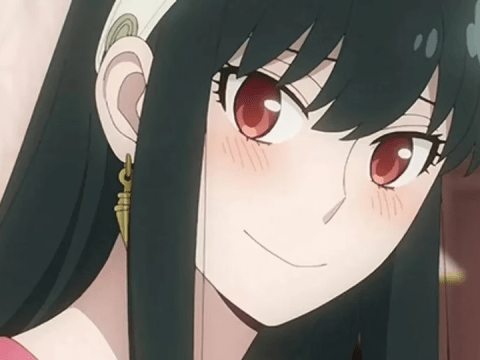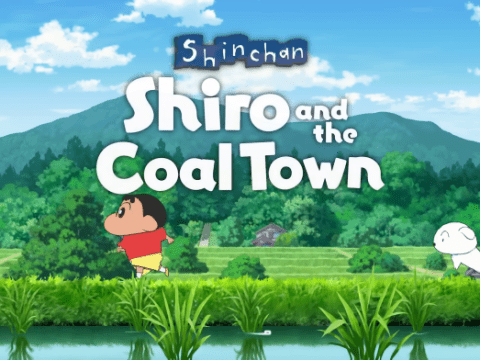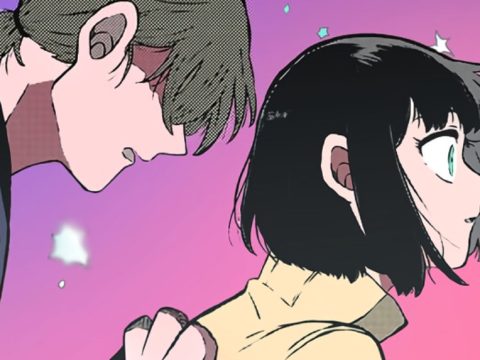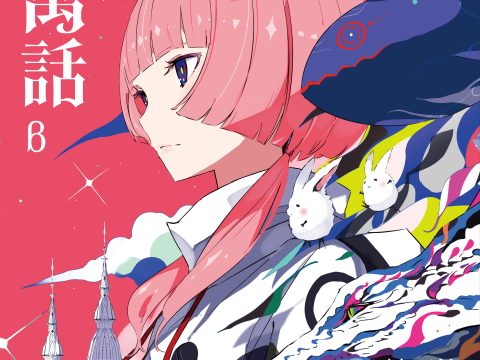![]()
Ballmastrz: Rubicon, the follow-up to Ballmastrz 9009, will be debuting tonight at midnight on Cartoon Network’s Adult Swim. Its animation is done by STUDIO4℃ with Takashi Nakamura working as the animator director. Ballmastrz: Rubicon creator Christy Karacas spoke with Otaku USA about his early interest in anime, what it was like working with an anime studio, and his interactions with Nakamura during the COVID lockdown.
Please tell us about your interest in anime.
I’ve loved anime since I was young. I remember stuff like Gatchaman and Force Five and these kind of things. They’d always go on at like six, five in the morning. Like before the American cartoons. And I remember as a kid just being like, “Why are these cartoons different?” They just seemed cooler. They seemed stranger. And something just attracted me. They were just more cool to me and more interesting.
And then as I got older, I was like, “Oh, that’s anime,” and I would follow stuff like… in America we have Robotech or Voltron. But, we didn’t really have Internet yet and I was into comics, and as I got into comics, I got into manga, stuff like VIZ. I used to collect things like Mai, the Psychic Girl. And then I discovered Akira and I discovered Miyazaki. Then, that sort of led me to bootlegs. I was just telling [another reporter] that on the back of some magazine, you could order Akira on VHS, but it wasn’t subtitled or anything. And I remember, like, I have to see this. Like, it’s this comic I like.
And then when I got the tape I was just so blown away, because I was like, “This is the craziest animation I’ve ever seen in my life. What is this?”
I used to go to this comic shop. It was an hour away, but they had all the bootlegs and I would get Gundam and all this kind of stuff, Patlabor and Venus Wars, and stuff like this. And they would just have these zines and they would just have the synopsis and you’d get the thing in Japanese and you’d get this synopsis and you’d just watch it and it was just really cool. So that was how I got into anime. But, then it was funny, in college I kind of got a little out of anime. I kind of stopped watching as much. I didn’t watch as much as I used to, and it was funny, around the end of Superjail!, I started seeing these things like Kill la Kill had come out. And I was still a fan of things like Mind Game, that was one of my favorite animations, that movie. But there was stuff coming out, there was Ping Pong, too, and they were really wild and crazy, and I was like, “Man, anime is getting really crazy now or I think I just haven’t been watching.” So, I got kind of psyched about all that stuff, and that’s what kind of got me into the idea of like, “Oh, maybe I should try to make like my own anime or something.”
And you worked with an anime studio this time. How did that come about?
That was totally insane because, again, we did the first two seasons at Titmouse, and like I never thought I could make it in a Japanese studio. I don’t know anyone there. I don’t think they’d want to do it or whatever. And I go to animation festivals a lot, like Ottawa in Canada and Annecy in France. In Annecy, I have this contact who used to work at Cartoon Network that lives in Japan and he was like, “Oh, I have connections to these studios.” Because he lives in Japan, he works with Japanese studios and stuff. I was like, “Man, maybe float this idea around and Adult Swim would be into it.” So he started talking to studios. And he was like, “Hey, some of them are interested.”
And from what I understand they are always super backed up and it’s really hard to get them to commit to a thing. But for some reason, there was just a slot open, and it was STUDIO4℃ and I was shocked because I’ve been a fan of STUDIO4℃ since Mind Game. And I liked Detroit Metal City and stuff and I was like…I was just like, “I can’t believe this, this is crazy.” And it just all worked out. The only unfortunate thing is it was during COVID, so I didn’t get to go there. I didn’t get to meet anyone in person. That totally sucked, but otherwise it was totally awesome.
So, what was the process then? Especially during COVID, to work with them?
Well, we knew we wanted to write it here and storyboard it. But we also wanted to collaborate, so we talked about how this would work. We were like, look, we’ll rough board it, I’ll give you roughs for designs, but then you guys redesign it and we’ll agree on a style. So, they redesigned everything, and then they took the boards and they took some liberties and kind of redirected some things. It was funny, I was so nervous to work with them, I was like, “These have to be like the best thing I’ve ever made.” And I really went overboard, so when they got it, it was funny because they were like, “We gotta cut a ton of this.”
And I was like, “Really?” And they were like, “It’s too crazy, it’s too much animation.” So, they cut a lot of action out, which surprised me, because I was worried it was going be not good enough, or they were going to … because, you know, because they can draw so insane. But, it was kind of smooth. It was a lot of Zoom calls. It was a lot of back and forth with artwork, just notes. But, it was really fun. I love… you know, animation and film is always collaborative anyways. I mean, even on season one and two, there’s such a big team of artists, it’s not just me. So, it’s always a lot of input from different people. It’s great because you always get something different, like the style for instance. It’s kind of a space opera anime, so I wanted to do kind of a Macross, Gundam, maybe 80s look and then Takashi Nakamura was the animation director. He worked on a lot of retro things. He likes 60s anime. So, he wanted to go with this kind of retro older look, and I was like “Man, I’d never thought of doing it like this,” but it’s kind of cool because you wouldn’t expect it. So when we went with that kind of cute, retro look, I think it was really interesting because it wasn’t what I imagined at all. So, again, it was fun for me, because in some ways when I watch it I don’t even feel like I made it. I feel like I’m watching someone else’s anime. So, it’s kind of fun.
What was it like working with Nakamura?
I’ll be honest. I want to say it was amazing, but we hardly ever spoke. I mean, it was a lot of Zoom calls with translators. He was so busy I only met with him twice on Zoom. But, I would just be so psyched every time I would get an email and see the art and I would get so excited. But, I mostly dealt with a translator. It was during COVID, and he got sick at one point. I don’t know if he got COVID, but he was sick at one point. It was very, it was a really wild time. I mean, COVID was so strange for everybody. The other cool thing too, I keep forgetting to say this, is that they animated the whole special on paper. And then they digitally colored it all up. And, I really think you can tell. I think it looks better than when we do it all digitally. There’s something about the line that just looks nicer.
Where can people watch Rubicon?
It will premiere on Adult Swim Monday night at midnight, and then the following day it will be available on HBO Max streaming.
Is there anything else you would like to tell Otaku USA?
I go to the site and I’m a fan. And I guess, I guess just watch Ballmastrz. I hope people like it.
____
Danica Davidson is the author of the bestselling Manga Art for Beginners with artist Melanie Westin, plus its sequel, Manga Art for Everyone, and the first-of-its-kind manga chalk book Chalk Art Manga, both illustrated by professional Japanese mangaka Rena Saiya. Check out her other comics and books at www.danicadavidson.com.


